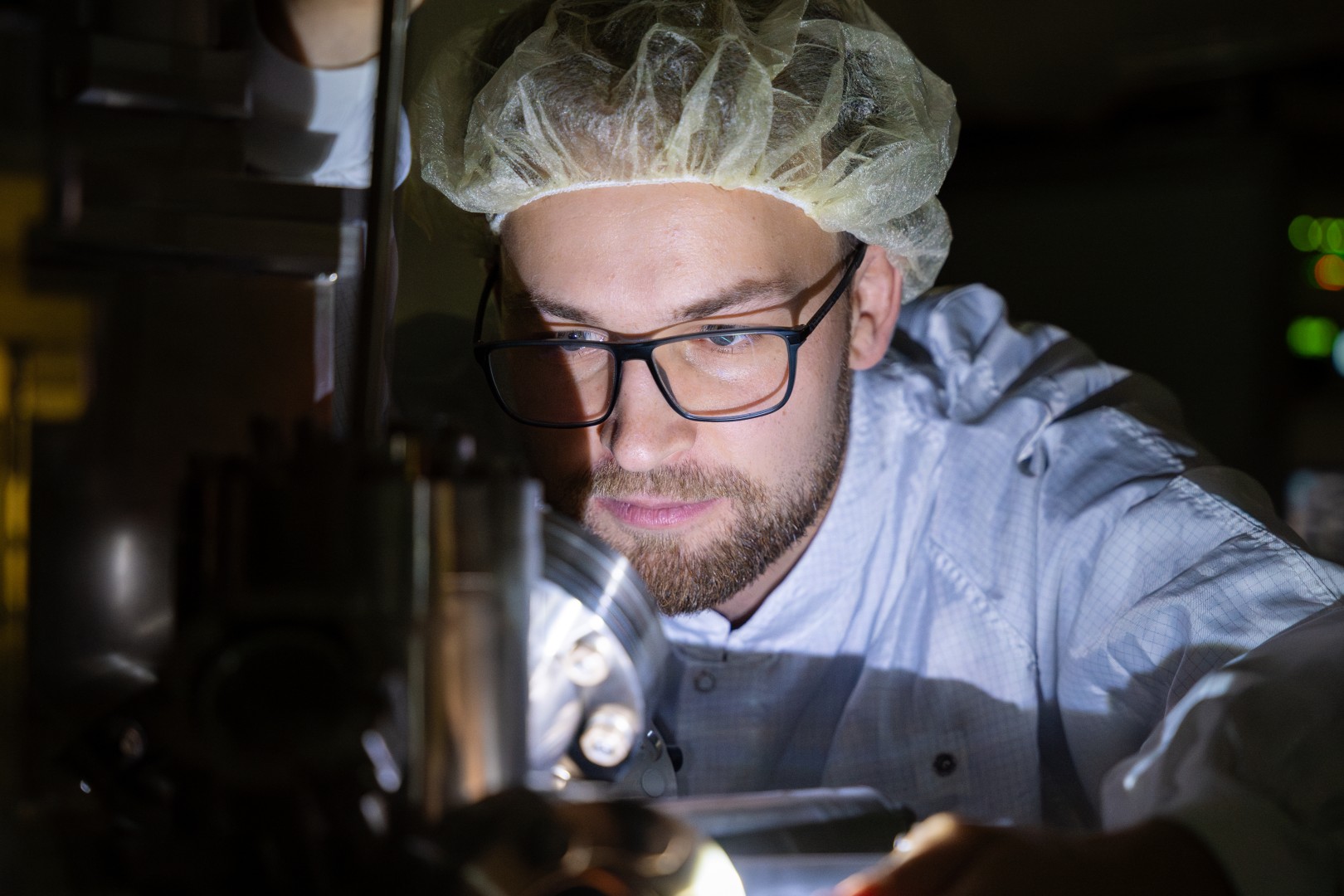Research Programmes at CEITEC
For detailed description of domains and subdomains click on Research Areas.
A research topic is chosen freely by the applicant, but it must be in line with the research domains supported by the CEITEC consortium. The main research areas pursued at CEITEC are represented by the eight Research Programmes of the consortium:
- Advanced Nano and Microtechnologies
- Advanced Materials
- Industrial Cybernetics, Instrumentation and Systems Integration
- Structural Biology
- Genomics and Proteomics of Plant Systems
- Molecular Medicine
- Brain and Mind Research
- Molecular Veterinary Medicine
Within these research areas, 52 independent research groups investigate various topics broadly related to each of the Research Programme priorities, providing a large and diverse research landscape for the CEIPEX fellow. Significantly, the CEITEC consortium’s research is powered by the 13 shared Core Facilities providing open access to state-of-the-art research equipment and infrastructure. The landscape of research priorities of CEITEC is built around the regional S3 strategy. As such it is often connected to the R&D of the companies in the SMR. 26 companies, from start-ups to multinational corporations, have an on-going collaboration with some of CEITEC’s research groups and join CEIPEX as associated partners.
The unique selling proposition of the CEIPEX programme to the prospective CEIPEX fellows is to exploit this rich research landscape and define a research project that ideally (i) bridges across different disciplines, (ii) exploits the cutting-edge research infrastructures, (iii) synergizes with the research interest of at least two CEITEC PIs and (iv) has the potential to become exploited in collaboration with one of the associated partners. In other words, the CEIPEX fellows can freely choose a research project that leverages the topics, expertise, technologies, and sectors highlighted in the Research Areas.

Research at CEITEC in general
CEITEC is internationally known for its life sciences research spanning across scales from molecular to organismal levels, from structural biology to plant and veterinary sciences, from investigating fundamental molecular mechanisms in living cells to medically relevant research on cancers and neurological conditions affecting human populations. On the other hand, there is materials science research probing the atomic structure and physical principles of advanced materials, developing cutting-edge imaging and robotics technologies, exploring the nanoworld of advanced materials with applications in microelectronics, and leveraging advanced materials for biomedical applications. At CEITEC, these interdisciplinary research topics are intertwined into a coherent network of ongoing collaborations between the research groups. For instance, the technology development of advanced electron and scanning probe microscopy at CEITEC Brno Technical University (CEITEC-BUT) has a direct impact on the cryo-electron microscopy (cryo-EM) driven investigation of complex biomolecules in living systems at CEITEC Masaryk University (CEITEC MU).
Even more importantly, this kind of high-tech research is in Brno performed by the world’s leading electron microscopy companies (35% of world production of EM comes from Brno), and CEITEC has a well-established network of interactions with their R&D departments. These intersectoral interactions are crucially supported by the shared core facilities of CEITEC that provide open access to advanced technologies. Specifically for EM, the CEITEC Nano and Cryo-EM and tomography core facility offer unprecedented conditions to technology development. In fact, such technologically demanding projects can realistically be realized only in a handful of locations worldwide, and Brno is an attractive option.
Similar narratives centered on CEITEC can be made about research for sustainable agriculture, druggable therapeutic RNA-based targets, exploitation of magnetism for storage and precision biomanipulation, molecular diagnostics of blood and solid tumors, bioelectrical interventions of debilitating neurological conditions, robotics from nano to macro scale, rare veterinary models of human embryonic development and many more. It will be up to the CEIPEX fellows to exploit these unique interdisciplinary synergies offered by the CEITEC consortium.